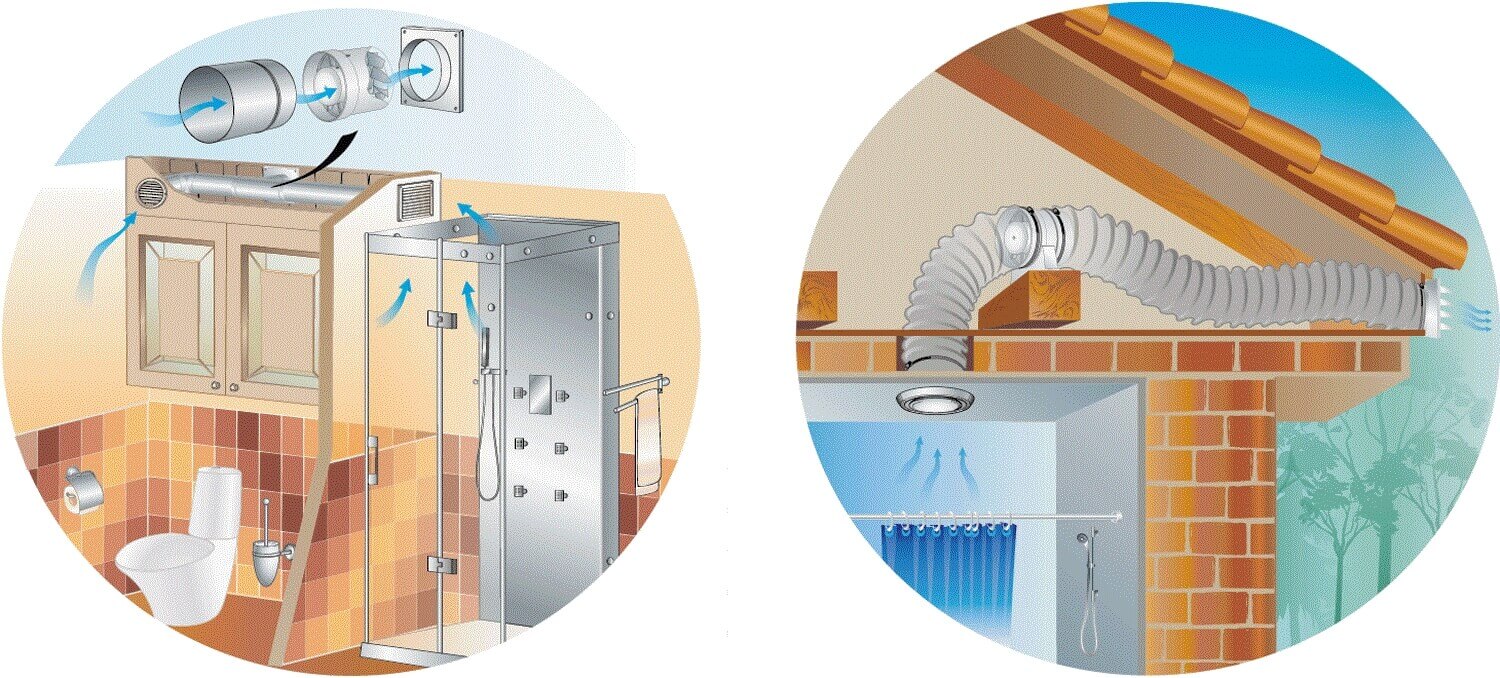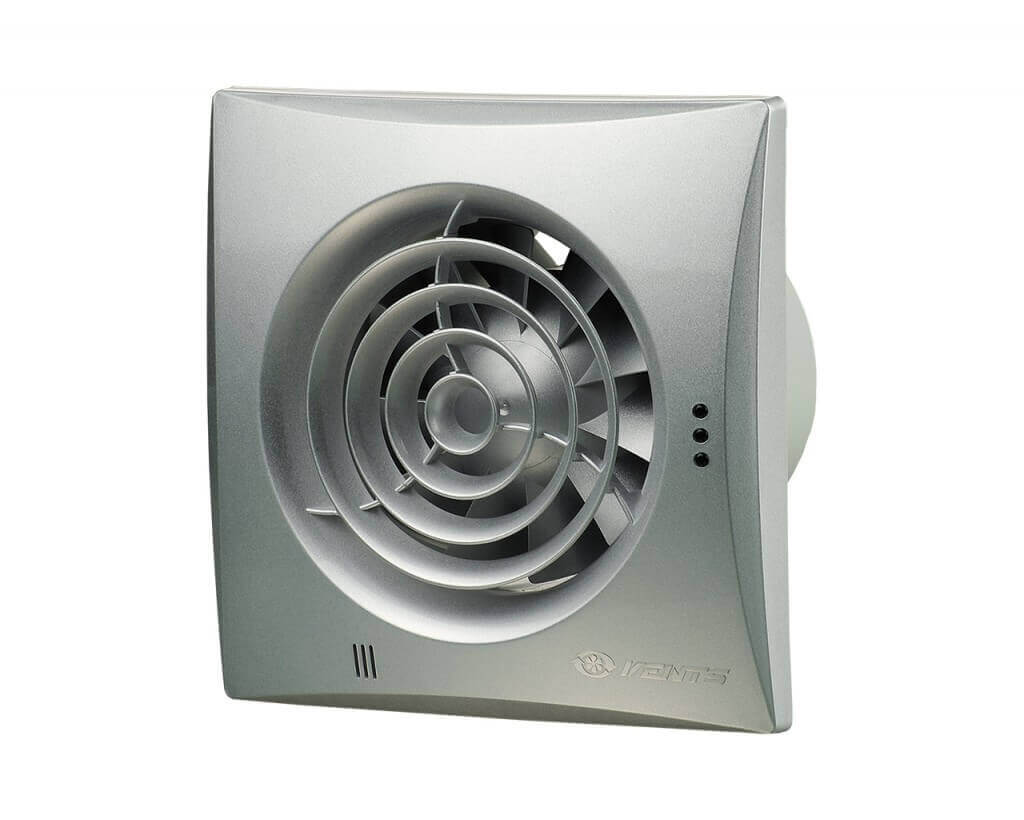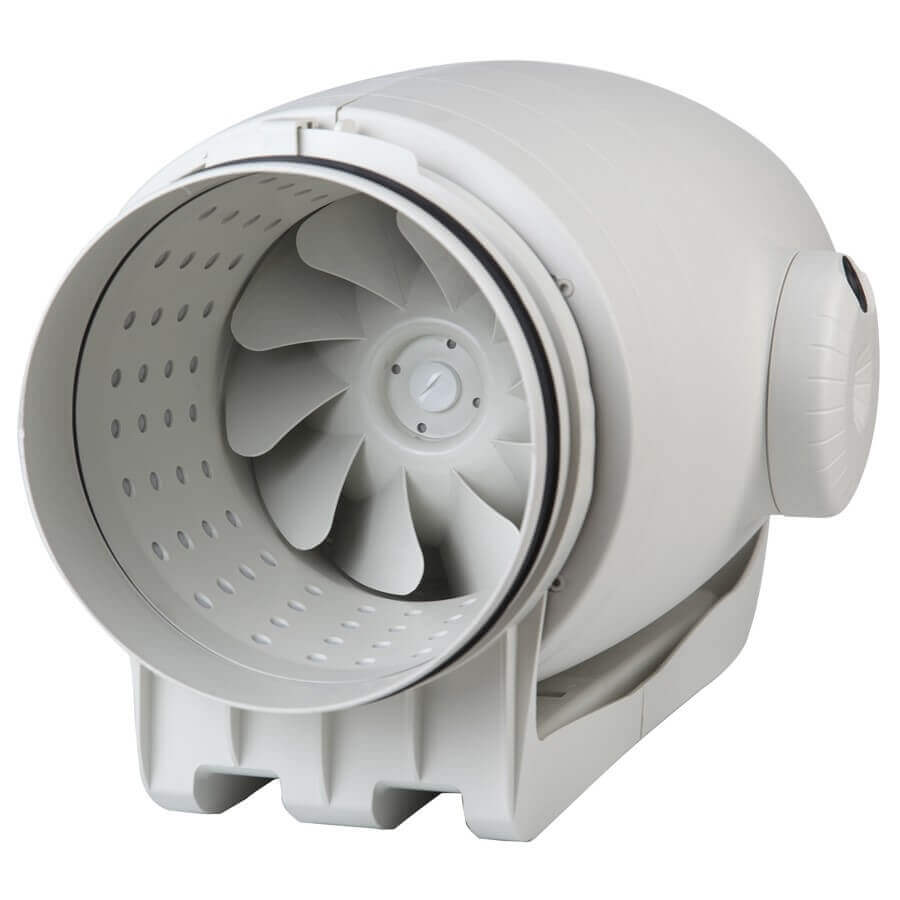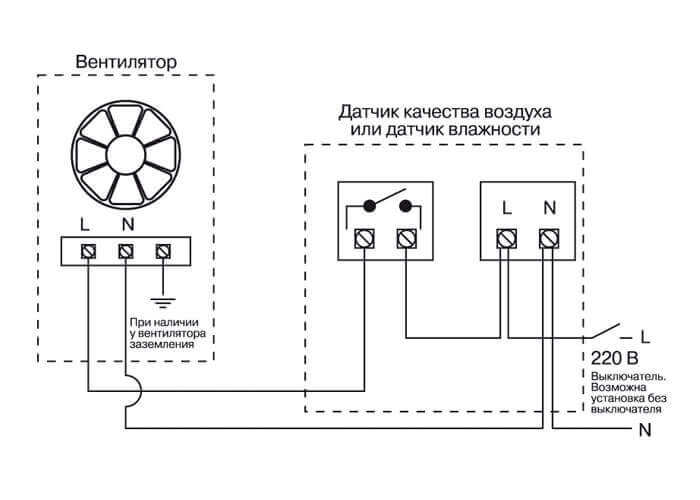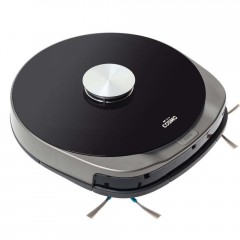What you need to know about exhaust fans when choosing them
What is an exhaust fan?
In some rooms, simple ventilation is not enough to eliminate unpleasant odors or high humidity. In such cases, systems with a supply and exhaust principle of action come to the rescue. Exhaust fans are installed in the opening of the ventilation duct and forcibly pull out the exhaust air from the room, the place of which is another, cleaner and fresher. Most often, such systems are mounted in a toilet, bathroom or kitchen, since it is in these rooms that there are a lot of odors, and the humidity is high.
Typically, an exhaust fan is a small single-axis device with seven to nine blades. Its outer part is an overlay with a grill, behind which you can see the impeller. The grill itself often has the form of blinds necessary to prevent the penetration of air from the mine into the room. In addition, a plastic mesh is placed behind the external decorative grill, which protects the moving parts of the product from dust and dirt, which can mechanically damage the device.
Fans with a non-return valve are designed for irregular operation and prevent air from being drawn into the apartment from neighboring rooms. In addition, it is extremely important for country houses that insects and small rodents cannot get into the living quarters through the ventilation passages. At times when there is no power supply, the valves of this type of model are closed, thereby blocking access to any external influences.
Aspects of choosing the right model
Depending on how you plan to ventilate the room, the method of installing these devices will vary. There are three ways:
- wall mounting;
- installation in a false ceiling;
- bookmark into the existing ventilation duct.
The first two options involve direct mounting on the specified surface. They are attached to the supporting partition and are connected through a special hole to the duct leading to the nearest vertical common house ventilation duct.Sometimes you can find combined models, one part of which is fixed in the wall, and the other in the ceiling.
In turn, duct exhaust fans are installed directly in the ventilation passage, and not in its base. A similar unit is able to collect air from several neighboring rooms at once and drive it out.
When choosing a fan, it is necessary to consider the following points:
- Pay attention to the size and cross-sectional shape of your existing ducts. Of course, it is always possible to install an adapter from a round pipeline to a square or rectangular one, but it is better not to create problems for yourself and not to form extra butt junction nodes.
- Fan power directly affects its performance. The larger the first indicator, the higher the second.
- It is recommended to calculate in advance such a value as the time of complete air exchange. It implies a certain period of time during which the volume of air equivalent to the volume of the room will pass through the fan. In order to evaluate it, it is enough to divide the nominal performance of the product by the volume of the room.
- Consider the air flow rate: like the previous value, it is extremely important for the effective ventilation of the room for a certain period. Ideal for comfortable operation of the fan is considered an indicator in the range between 11 and 14 m / s. At lower values, the efficiency of the device will tend to zero, and at large values, users will most likely be annoyed by the too loud noise of the working impeller.
In addition, it is worth paying attention to the materials used in the manufacture of fans. So, rectangular and square models are often made in a metal case, and round - in a plastic one. Of course, the metal is much more durable, but it is characterized by slight rattling during operation. At the same time, plastic absorbs noise much better, but does not withstand the load in mines with constantly high humidity and temperature changes.
How to calculate exhaust fan power
It is always necessary to install an exhaust fan taking into account the volume of the room and the objects present inside it. The general calculation formula is the volume of the room, multiplied by the coefficient of air exchange rate. Standard Odds ::
- for passage rooms - 3-4;
- for the bathroom - 5-10;
- for the kitchen - 10-15.
Suppose we want to calculate the exhaust ventilation for a bathroom measuring 2 * 2 m. With a ceiling height of 2.5 m, the total volume of the room will be 10 m3. This value must be multiplied by a number in the range from 5 to 10, taking into account how many people and how often they use the room. For a family of three with a small child, the coefficient 7 will be normal. Thus, we get a minimum device capacity of 10 * 7 = 70 m3 / h.
Often you should take a small margin of power, choosing from standard models. Since appliances are most often produced in increments of an even ten, the nearest large standardized capacity will be 80 m3 / h. Statistics say that for the needs of most domestic consumers, the maximum limit will be a value of 100 m3 / h.
Duct type ventilation and its features
Ducted exhaust fans belong to a single distributed system mounted directly inside the air duct. With equal probability, the channels used can have a round, square and rectangular shape. In addition, for technical or situational needs, mixed ducts can be used.
The main advantage for this type of hood is the utmost simplicity of laying communications and the overall compact design. Due to the ease of materials used, the main part of the air duct is often sewn up between the load-bearing ceiling and the false ceiling.The result is a fairly large system that does not significantly affect the appearance of the interior - the design possibilities are expanded while the quality of ventilation does not suffer.
Consider the types of channel ventilation systems:
- Exhaust fans with a circular duct are often used in simple designs. They are practical primarily because they have minimal resistance. In combination with them, it is customary to use the axial type of fans, although sometimes centrifugal models can be seen.
- Square pipelines are mounted in shafts of an appropriate shape, which can significantly reduce the overall percentage of system vibration. In terms of bandwidth, they are close to the previous type, but they are used a little less often. This is due solely to the fact that the material consumption is higher for them with similar performance indicators.
- Rectangular channels have been used in conjunction with suspended ceilings. Even for a small distance between the decorative frame and the main floor, it is possible to choose an air duct with the required aspect ratio. In this case, centrifugal fans are most often used.
Additional fan features
To choose an exhaust fan for your home, do not forget about the additional functionality: individual models are initially equipped with timers that can be programmed in a convenient way. With the appropriate sensors, such a device can turn itself on as soon as you start taking a shower and the air humidity rises, and then turn off a few minutes after you leave. This can be useful in the kitchen, when the hostess cooks a lot and her hands are busy with food: without the need to click the switches, the appliance will adapt to your lifestyle. Fans with humidity sensors will help to organize the microclimate in the room so that any activity is accompanied by an adequate reaction from the exhaust equipment.
There is also a special variety of products for very humid air: only stainless parts and a special lubricant with an extended service life are used for their manufacture. However, due to their design features, they often make a noise a little stronger than conventional models.
Conclusion
Conventional and duct exhaust fans have found application in everyday life for all types of rooms with high humidity and the presence of extraneous odors: kitchens, bathrooms, bathrooms, closets and basements. The most common today is the kitchen option. Such devices have a compact casing with a bright outer cover mounted in place of a standard exhaust opening.
Almost all exhaust fans are quite simple and easy to use devices that allow you to quickly and efficiently clean the air in the room. They do not require special care conditions even with regular contamination - it is enough to periodically wipe the external grill and clean the protective net every six months. Under normal operating conditions, the blades and engine do not become clogged to such an extent that they require substantial cleaning.

